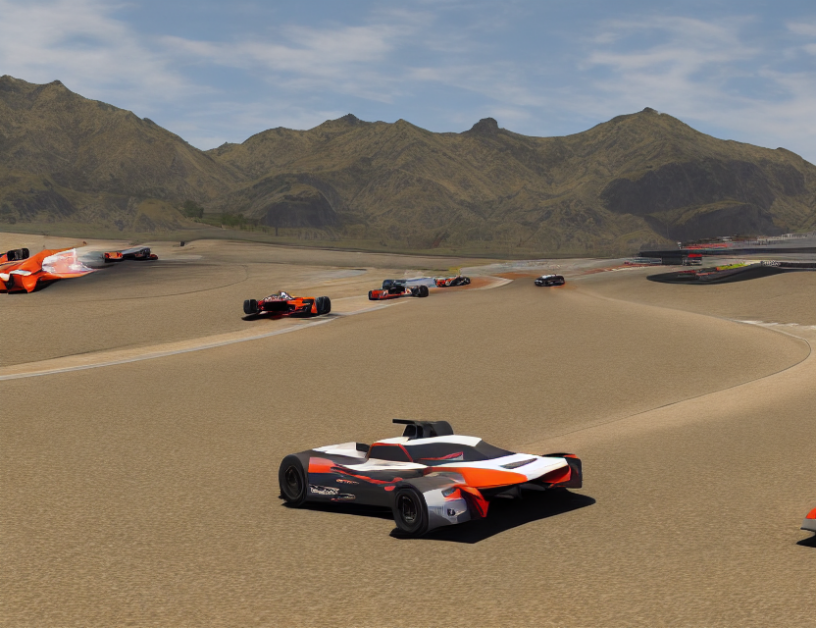In this article, we explore the challenges of controlling racecars at high speeds and developing software that can navigate them safely and efficiently. Autonomous racing competitions like Indy Autonomous Challenge, F1tenth, and Formula Driverless have emerged as a way to test and improve autonomous driving systems, but these systems need to be able to handle dynamic limits and extreme speeds. To address this challenge, we propose using hybrid physics and deep learning models that can work together to create accurate predictions of vehicle behavior. We provide a table comparing the estimated model coefficients for different scenarios, which can help improve the performance of these models in autonomous racing.
Understanding Autonomous Racing
Autonomous racing is like a high-speed obstacle course where racecars need to navigate through tight turns and avoid collisions while reaching top speeds. Unlike regular autonomous driving, which focuses on everyday situations, autonomous racing pushes the limits of what current autonomous driving systems can do. Imagine trying to drive a car at 280 kilometers per hour (km/h) or 175 miles per hour (mph), while also avoiding other cars and obstacles on the track. That’s the kind of challenge that autonomous racing poses, and it requires advanced software that can handle these extreme conditions.
Hybrid Physics and Deep Learning Models
To develop this advanced software, we propose using hybrid physics and deep learning models. Hybrid physics models use mathematical equations to describe how a car’s dynamics change as it moves, while deep learning models use artificial neural networks to learn from data. By combining these two approaches, we can create more accurate predictions of vehicle behavior, which is crucial for safe and efficient autonomous racing.
Estimated Model Coefficient Ranges
To illustrate how these models work, let’s look at a table comparing the estimated model coefficients for different scenarios. These coefficients represent the parameters that control a car’s speed, steering, and braking. For example, the coefficient for "Br" represents the braking force, while "Cr" represents the cornering force. The ranges listed in the table show how these coefficients can vary depending on the scenario, such as racing at high speeds or navigating tight turns.
By understanding these coefficients and their ranges, we can better tailor our models to the specific demands of autonomous racing. This knowledge can help improve the performance of these models and enable them to handle extreme driving conditions more effectively.
Conclusion
In summary, autonomous racing presents a unique challenge for autonomous driving systems, which must navigate racecars at high speeds and dynamic limits. To address this challenge, we propose using hybrid physics and deep learning models that can work together to create accurate predictions of vehicle behavior. By understanding the estimated model coefficients and their ranges, we can improve the performance of these models and enhance safety and efficiency in autonomous racing.
Enhancing Autonomous Racing Performance through Extreme Environment Research



